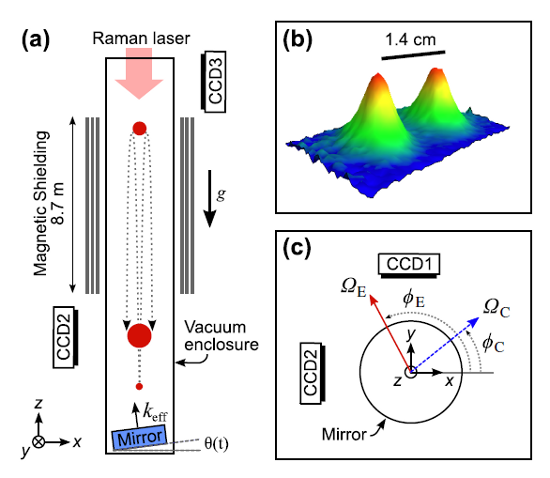Adam Frank has an op-ed at the New York Times that tells a very familiar story: science is on the decline, and we’re living in an “Age of Denial”. IN 1982, polls showed that 44 percent of Americans believed God had created human beings in their present form. Thirty years later, the fraction of the […]







